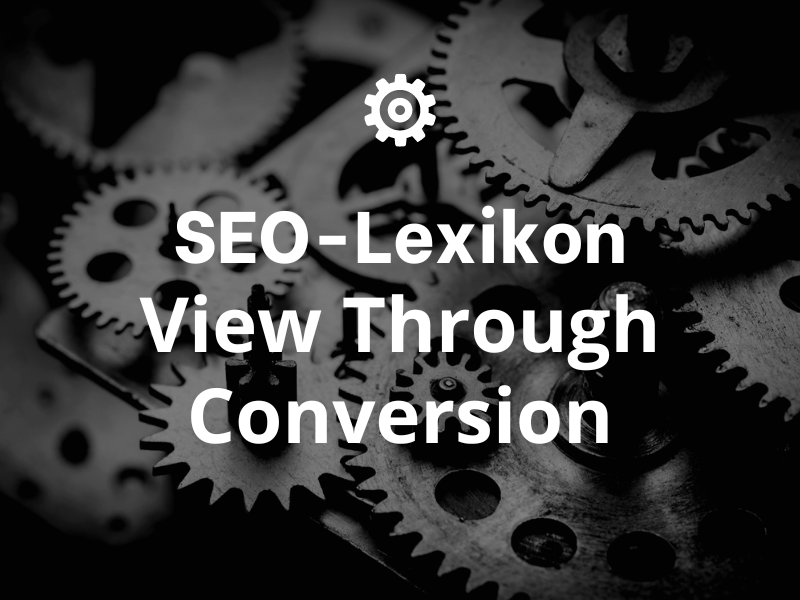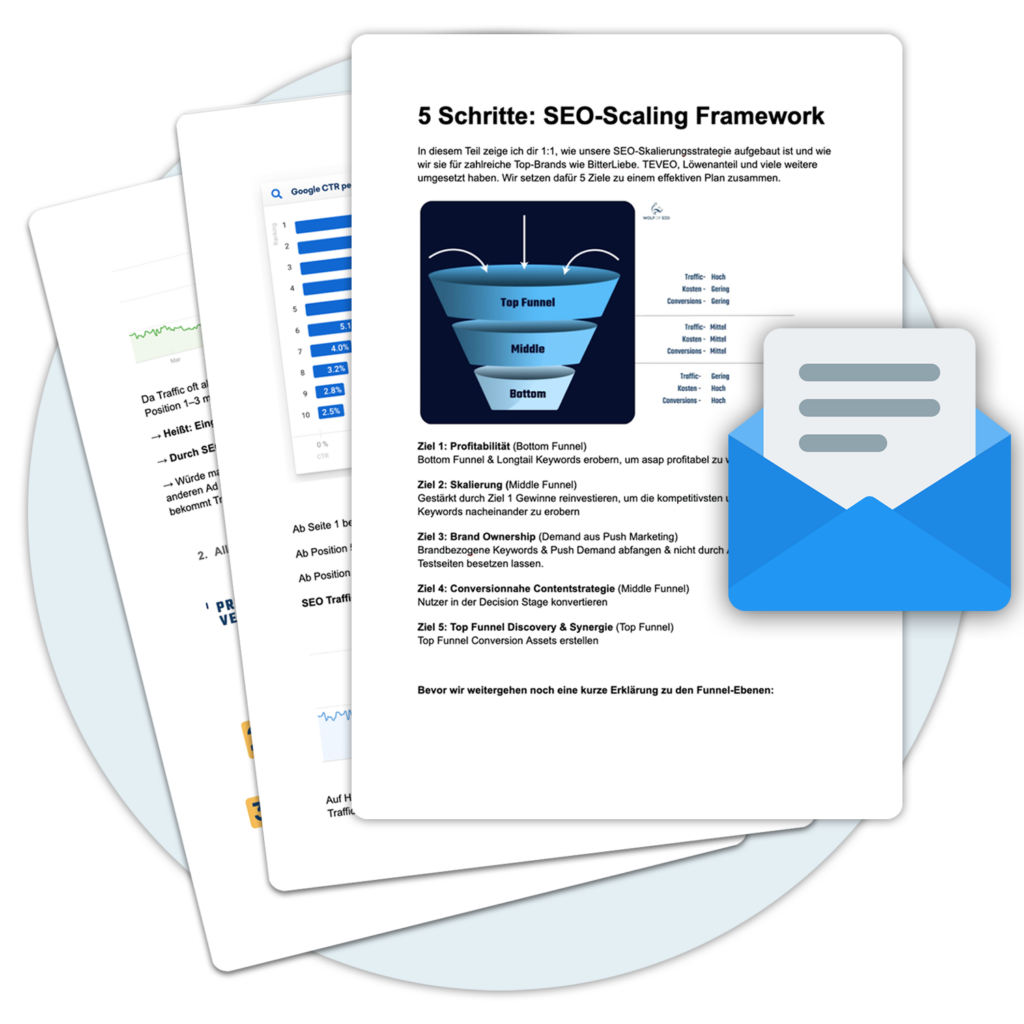
Definition
View Through Conversion (VTC) is a form of advertising measurement that allows brands to measure ad campaigns that are played on third-party websites or ad networks. This type of advertising measurement allows advertisers to measure the success of their ad campaigns by relating the number of clicks on the ad to the number of conversions generated through the ad within a preset time period.
Advantages
VTC offers several advantages that can be attractive to advertisers. For one, VTC allows advertisers to control the costs of their campaigns more effectively, as they can calculate the conversion rate in terms of the number of clicks brought to their ad. In addition, they can optimize ads in a way that features higher conversion rates by targeting ads to specific audiences.
Disadvantages
VTC also has some disadvantages that need to be considered. For one, advertisers using VTC can't always be sure that clicks on an ad will actually lead to a conversion. As a result, they might spend their budget in a way that doesn't produce the results they were hoping for. Moreover, advertisers using VTC may pay more attention to the number of conversions than to the quality of the conversion, because they don't always know if the conversion was actually satisfactory.
Use cases
View Through Conversion can be used for various use cases. For example, it can be used to measure the conversion rate of online advertising campaigns on different platforms, such as social media campaigns, display campaigns, and video campaigns. It can also be used to compare and evaluate the effectiveness of online advertising campaigns, which allows advertisers to adjust and optimize campaigns.
Example 1
A company that publishes a social media campaign for its new product can use VTC to measure the conversion rate of its campaign. It can correlate the number of clicks on its ads with the number of conversions generated through the ad to determine how successful its campaign actually was.
Example 2
A company that publishes a video campaign on an ad network can use VTC to measure the conversion rate of its campaign. It can correlate the number of clicks on its ads with the number of conversions generated through the ad, and thus determine how successful its campaign actually was.
Conclusion
View Through Conversion is a powerful way to measure the conversion rate of online advertising campaigns. It allows brands to better track the success rate of their ad campaigns by relating the number of clicks on the ad to the number of conversions generated through the ad. However, it also has some drawbacks to consider, such as the possibility that the clicks may not lead to a conversion.
« Back to Glossary Index




 By
By 